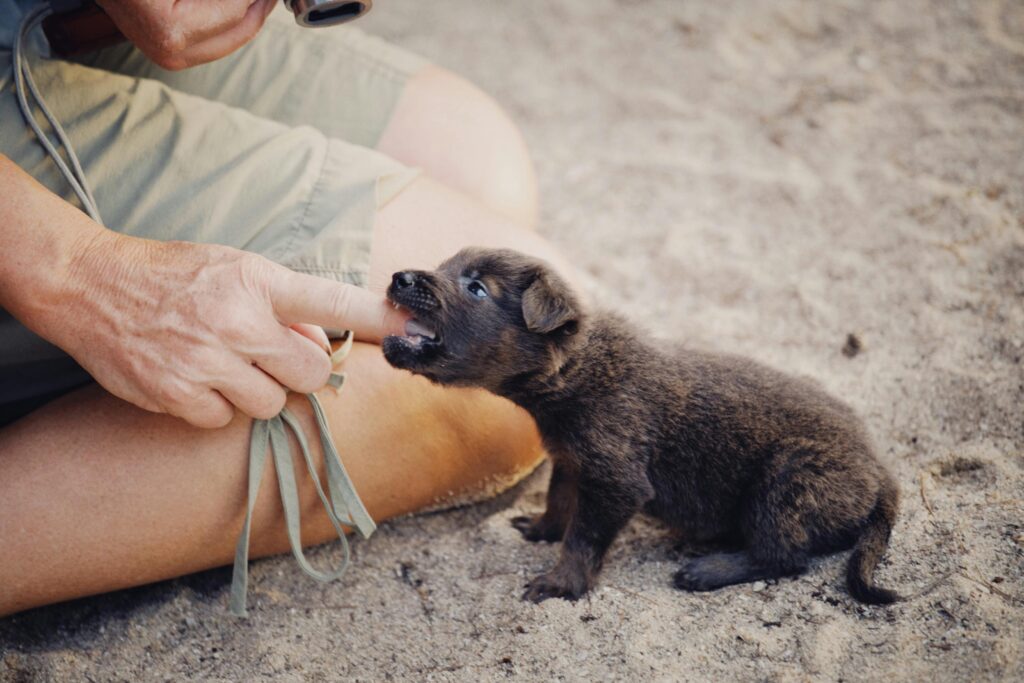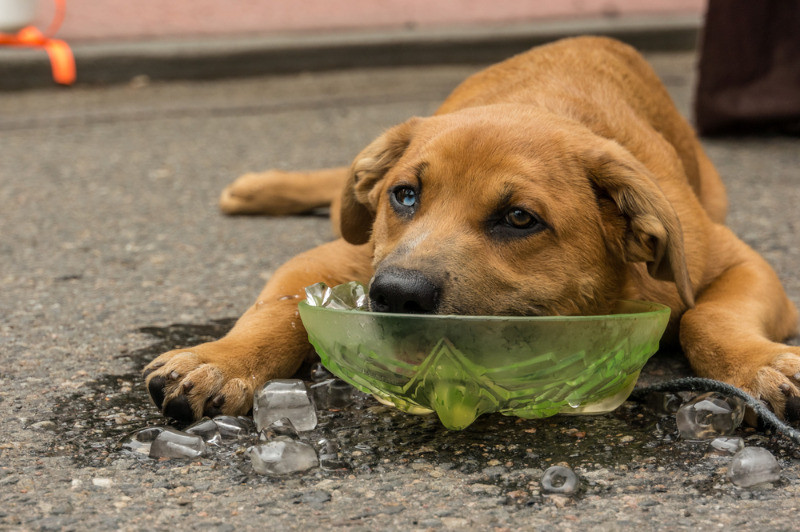Understanding Puppy Mill Dog Behavior Problems: A Guide for New Pet Parents
Puppy mill dog behavior problems often stem from severe neglect, lack of socialization, and prolonged confinement, making patience and gentle care essential for their recovery. If you’ve recently adopted a dog from a rescue or shelter, and they seem unusually fearful or confused, there’s a chance they may have come from a puppy mill. Puppy mill dogs often face a unique set of challenges due to the traumatic environments they were raised in. This guide will help you better understand what those challenges are, why they occur, and how you can support your dog as they begin their healing journey.
What Is a Puppy Mill?
A puppy mill is a mass-breeding operation where making money takes precedence over the health and humane treatment of the dogs. Dogs in these mills are usually kept in overcrowded cages, denied basic veterinary care, and offered little to no human interaction or socialization.
The Humane Society of the United States estimates that there are approximately 10,000 puppy mills in the U.S. by itself, with more than half a million dogs confined exclusively for reproduction. These operations contribute to widespread physical and psychological suffering, especially for breeding females and their litters.
Dogs who are rescued or retired from these environments often carry the effects of their trauma long after they’ve left the mill.
Common Behavior Problems in Puppy Mill Dogs
Puppy mill dogs haven’t had a normal start in life. Because of their confinement, neglect, and lack of socialization, they tend to display a range of behavioral issues, including:
1. Fear and Anxiety
- Symptoms: Hiding, trembling, avoiding eye contact, refusal to walk or eat in your presence.
- Why it happens: Lack of positive human interaction causes a fear-based response to anything unfamiliar, including people, household sounds, and open spaces.
2. Lack of Socialization
- Symptoms: Difficulty interacting with other dogs or humans, discomfort with handling, no interest in play.
- Why it happens: Most puppy mill dogs have been isolated or only exposed to other fearful dogs. They’ve missed critical developmental stages that teach them how to bond and interact.
3. Housebreaking Challenges
- Symptoms: Frequent indoor accidents, no signaling for bathroom breaks.
- Why it happens: Many of these dogs have never left their cages, and they’ve been forced to eliminate where they sleep. They’ve had no opportunity to learn appropriate bathroom behavior.
4. Repetitive or Compulsive Behaviors
- Signs to watch for: walking in circles, restless pacing, constant licking, or gnawing on their own body or nearby items.
- Why it happens: Prolonged stress, boredom, and confinement can cause these coping mechanisms, similar to trauma responses in humans.
5. Startle Reactions or Reactivity
- Symptoms: Growling, snapping, barking, sudden lunging.
- Underlying cause: It’s frequently a way for the dog to protect itself when feeling threatened. They may have experienced harsh treatment and now react out of fear rather than aggression.

Supporting a Puppy Mill Dog Through the Transition to Home Life
Rehabilitating a puppy mill dog requires a different approach than training a puppy or even another rescue dog. Here’s how to support their recovery:
Create a Safe Environment
- Set up a quiet space where they can retreat and feel secure (like a crate with blankets).
- Limit exposure to new stimuli at first to avoid overwhelming them.
Be Patient and Move Slowly
- Let the dog come to you. Avoid forcing interaction.
- Respect their pace, even if progress feels slow.
Establish a Predictable Routine
- Feed, walk, and interact with them at the same times each day.
- Routines reduce stress by creating a sense of stability.
Use Positive Reinforcement
- Reward calm behavior with treats, praise, or soft affection.
- Avoid punishment—this can worsen fear and anxiety.
Work With Professionals
- Consult a veterinarian experienced with trauma dogs.
- A certified dog behaviorist or positive reinforcement trainer can offer tailored strategies.
Signs of Progress (And What to Expect)
Rehabilitation isn’t linear. Some days, your dog may show big improvements; other days, they may regress. That’s okay. Here are some milestones to look for:
- First tail wag
- Willingness to eat in front of you
- Initiating play
- Responding to their name
- Tolerating gentle touch
These may seem like small steps, but for a dog that’s lived in fear, they’re huge victories.
Why This Matters
Adopting a puppy mill dog isn’t just an act of kindness—it’s a commitment to rebuilding a life. These dogs may take longer to trust, but when they do, the bond you build will be incredibly strong and meaningful.
By choosing to adopt and rehabilitate, you’re not only saving one dog—you’re helping put an end to the puppy mill industry. The more people choose rescue over retail, the fewer dogs suffer in these cruel environments.
Final Thoughts
Puppy mill dogs are survivors. They’ve endured the worst and still have the capacity to learn, love, and live a joyful life. With your support, patience, and compassion, they can finally experience what they’ve always deserved—a home filled with safety, kindness, and love.
If you’re considering adopting, always look for reputable shelters or rescue organizations. And if you suspect a puppy mill operation, report it to your local animal welfare agency.
You truly have the power to change a life.




